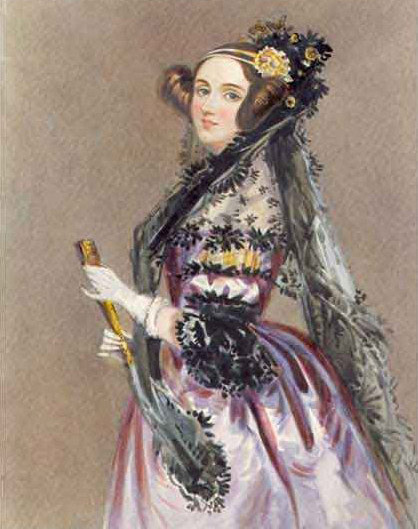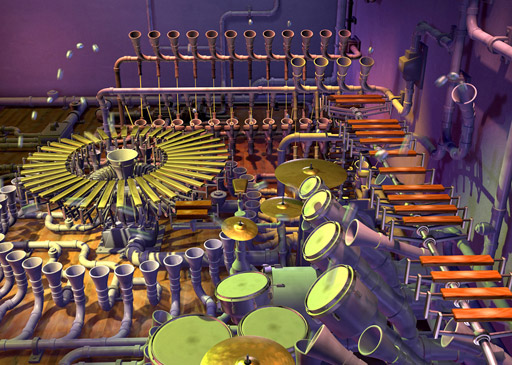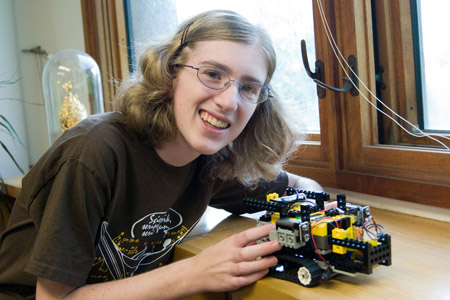Posted on October 28th, 2009 by jxh
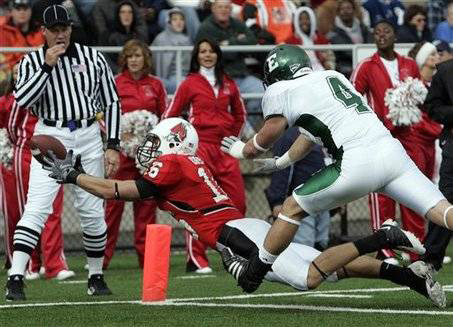 This week the New York Times brought to light an alarming issue that has been plaguing the NFL: the number of concussions that players are receiving. Two weeks ago, San Francisco 49ers safety Michael Lewis suffered his third concussion of the season, in only the fifth game of the season. And on Monday, Philadelphia Eagles’ Running Back Brian Westbrook suffered a major concussion. To better protect players’ health, Riddell created the Revolution helmet, which reduces the risk of concussions.
This week the New York Times brought to light an alarming issue that has been plaguing the NFL: the number of concussions that players are receiving. Two weeks ago, San Francisco 49ers safety Michael Lewis suffered his third concussion of the season, in only the fifth game of the season. And on Monday, Philadelphia Eagles’ Running Back Brian Westbrook suffered a major concussion. To better protect players’ health, Riddell created the Revolution helmet, which reduces the risk of concussions.
Read More
Filed under: Biomedical, Computer, e-News, Electrical | 3 Comments »
Tags: Computer, Sports, Technology
Posted on October 21st, 2009 by axb
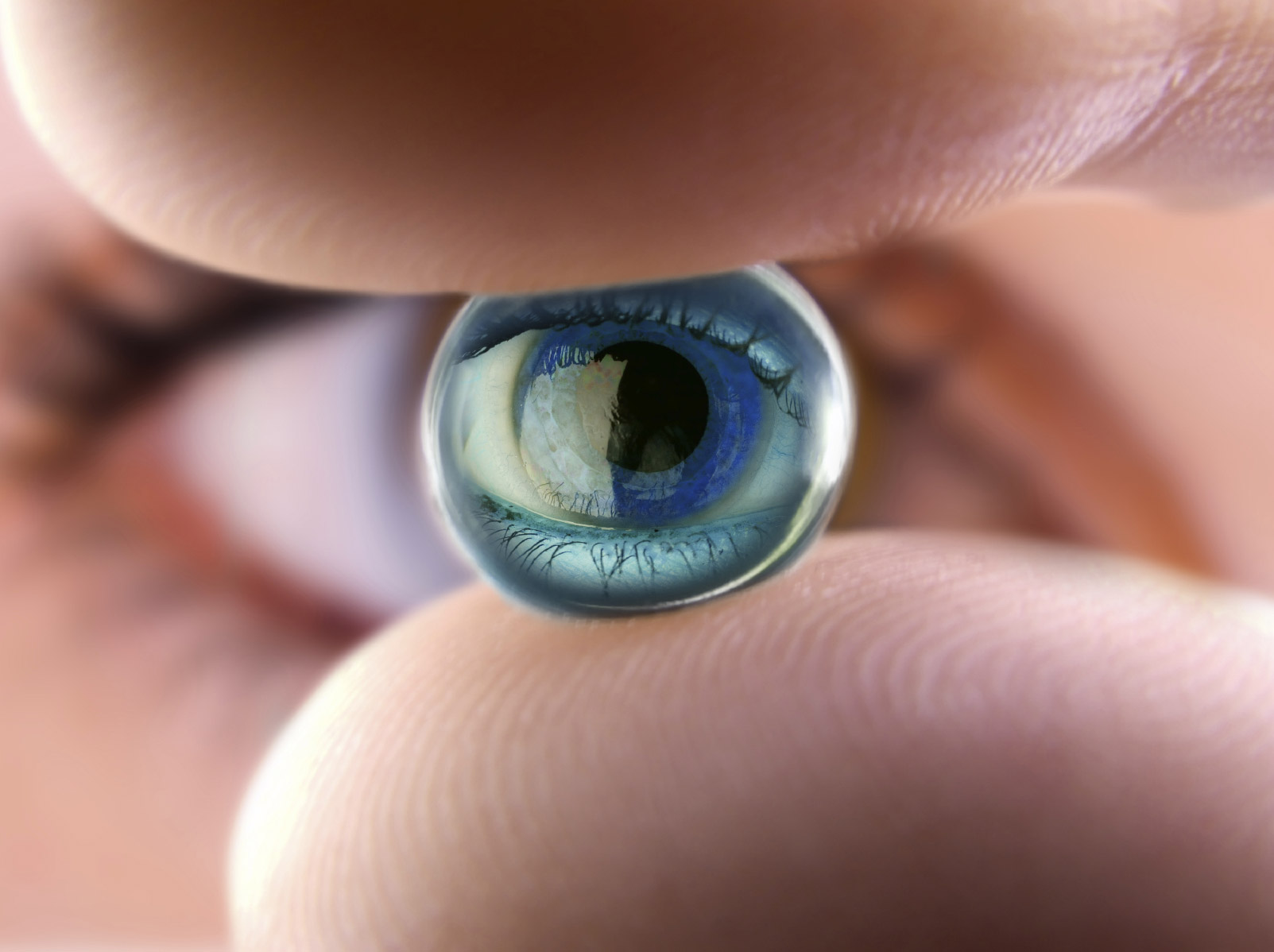
Beyond sharpening your vision and changing the color of your eyes, contact lenses may soon have the power to surf the net, monitor your health and even restore sight to those with vision impairments. Researchers at the University of Washington in Seattle are now developing technology that will place a computer display on contact lenses. Made using nano-scale manufacturing techniques, these intelligent lenses are flexible, biologically safe and have the potential to revolutionize the way we see.
Read More
Filed under: Biomedical, Computer, e-News | 2 Comments »
Tags: Biomedical, Biotechnology, Computer
Posted on October 21st, 2009 by axb
Augusta Ada King, Countess of Lovelace was born in 1815 to famous British poet Lord Byron and his wife, Annabella. Her parents provided her with a rich education in science and mathematics, both of which Ada showed incredible aptitude for from an early age.
Read More
Filed under: Computer, e-News | 2 Comments »
Tags: Computer, Engineering in History, Software
Posted on October 20th, 2009 by axb
Animusic. Video after the jump.
Read More
Filed under: Computer, e-News | Comments Off on Animusic: Instruments of the Future
Tags: Animation, Art, Computer, Music
Posted on October 7th, 2009 by axb
Anna Kornfeld Simpson, a high school senior from California, won top prizes at the California State Science Fair with her chemical-detecting LEGO robot. It took her over two years of research to develop the complex circuitry required to make the robot work. You can read her story on the National Science Foundation website.
Read More
Filed under: Computer, e-News, Electrical, Mechanical | Comments Off on Student Makes Prizewinning Robot from Legos
Tags: Competitions for Students, Computer, Electrical, Mechanical, Robotics
 This week the New York Times brought to light an alarming issue that has been plaguing the NFL: the number of concussions that players are receiving. Two weeks ago, San Francisco 49ers safety Michael Lewis suffered his third concussion of the season, in only the fifth game of the season. And on Monday, Philadelphia Eagles’ Running Back Brian Westbrook suffered a major concussion. To better protect players’ health, Riddell created the Revolution helmet, which reduces the risk of concussions.
This week the New York Times brought to light an alarming issue that has been plaguing the NFL: the number of concussions that players are receiving. Two weeks ago, San Francisco 49ers safety Michael Lewis suffered his third concussion of the season, in only the fifth game of the season. And on Monday, Philadelphia Eagles’ Running Back Brian Westbrook suffered a major concussion. To better protect players’ health, Riddell created the Revolution helmet, which reduces the risk of concussions. 









